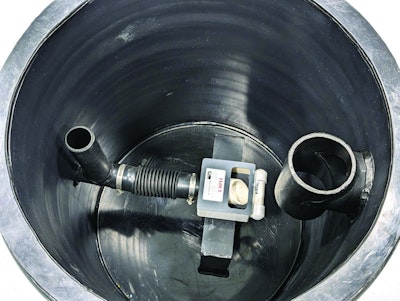In a past article, I wrote about the challenges associated with gravity distribution. One of the options mentioned was using a siphon, but the research available indicated siphons commonly trickle without frequent maintenance, reducing the efficiency of these devices. Siphon...
Here’s How to Employ a Siphon or Flout For Effluent Distribution
If a site allows for natural elevation for uniform distribution, explore these practical techniques for dosing with non-electric devices
Popular Stories
Discussion
Comments on this site are submitted by users and are not endorsed by nor do they reflect the views or opinions of COLE Publishing, Inc. Comments are moderated before being posted.








